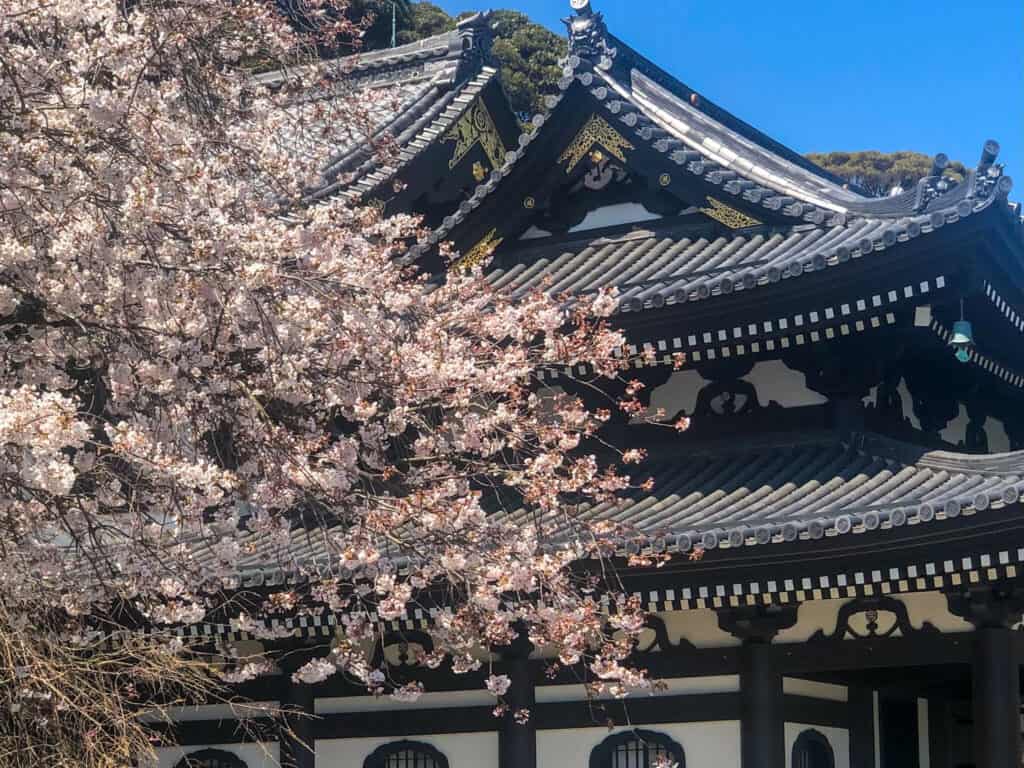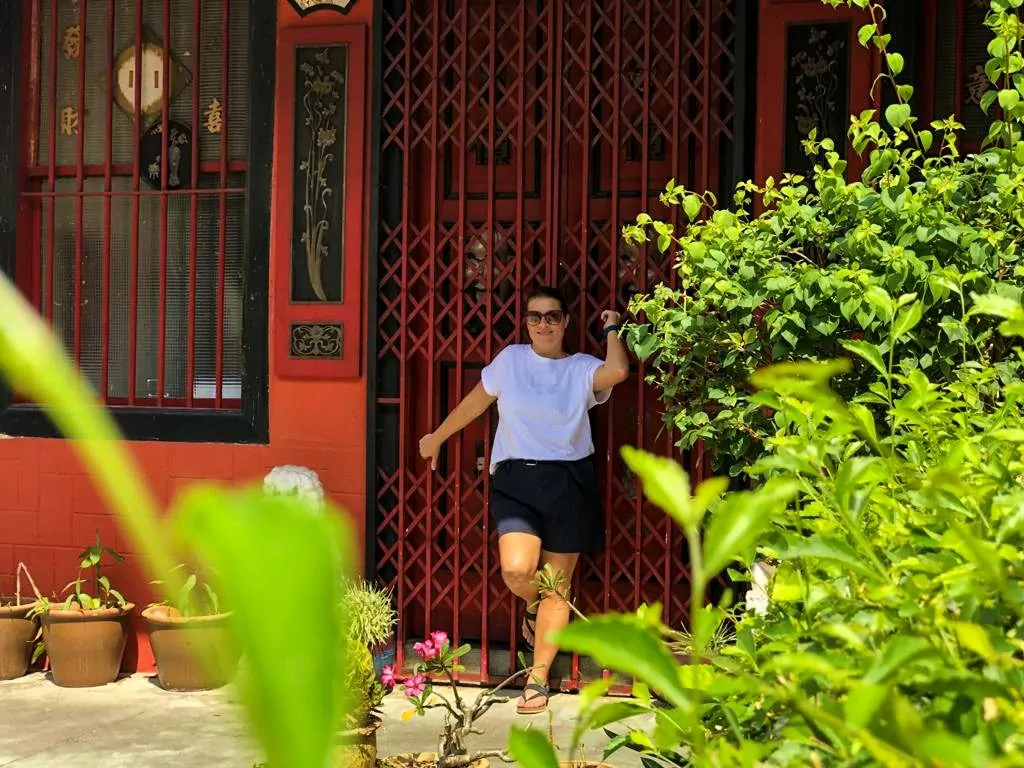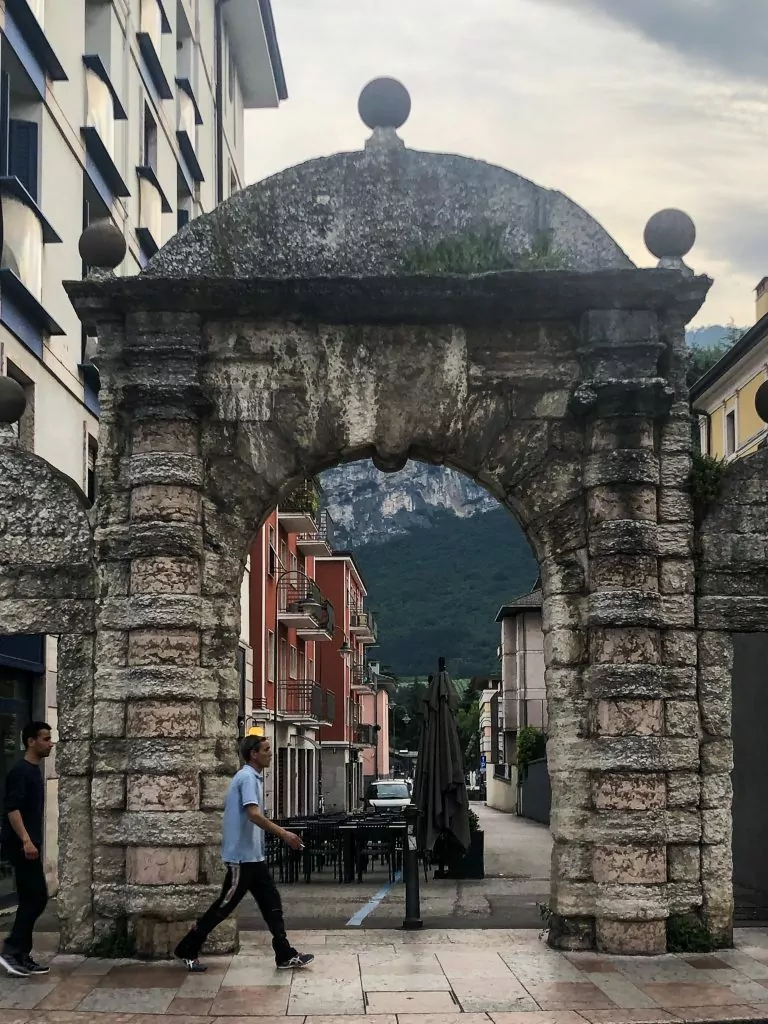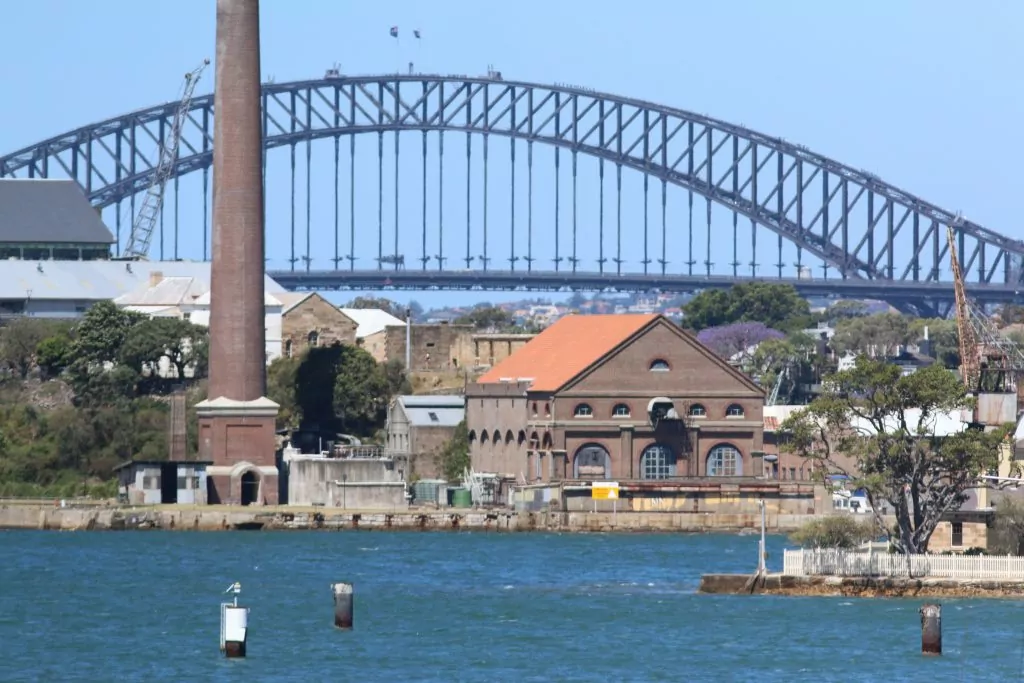Famed as the location of the Great Buddha – a bronze statue of the seated Buddha dating to the 13th century – Kamakura was once the capital of ancient Japan. Giving its name to the Kamakura Period (1185-1333), which lasted almost 200 years, the city was a bastion of both the samurai and their religion, Zen Buddhism, which resulted in several Zen temples that still stand to this day.
You don’t have to travel to Kyoto to see a slice of historic Japan. Kamakura, in Kanagawa Prefecture, is a seaside town that’s full of hidden gems, from Shinto shrines to ancient temples. And it’s all easily reached on a Tokyo day trip.
Kyoto After Dark: Uncover the Enchanting Nightlife and Hidden Gems of this Timeless City in 2024!
Table of Contents
Things to know before you go to Kamakura
Visa for Japan
Check that you do not require a visa for Japan. The visa website is a quick and easy way to check whether your passport requires a permit.
Travel Insurance for Japan
SafetyWing is the World’s first International Travel Medical Insurance developed to meet the needs of entrepreneurs and remote workers travelling or living abroad. However, if you do not fall under this category, do not worry; SafetyWing also suits all vacation types.
The best time to travel to Kamakura
The best time to travel to Kamakura is during the spring season, from March to May, and the autumn season, from September to November. These months provide comfortable weather with mild temperatures and lower levels of rainfall.
During spring, Kamakura blooms with an array of beautiful cherry blossoms, which creates a picturesque and magical atmosphere. The parks, such as the famous Tsurugaoka Hachimangu Shrine and Kamakura-gu Shrine, offer breathtaking views of cherry blossoms blanketing the area.
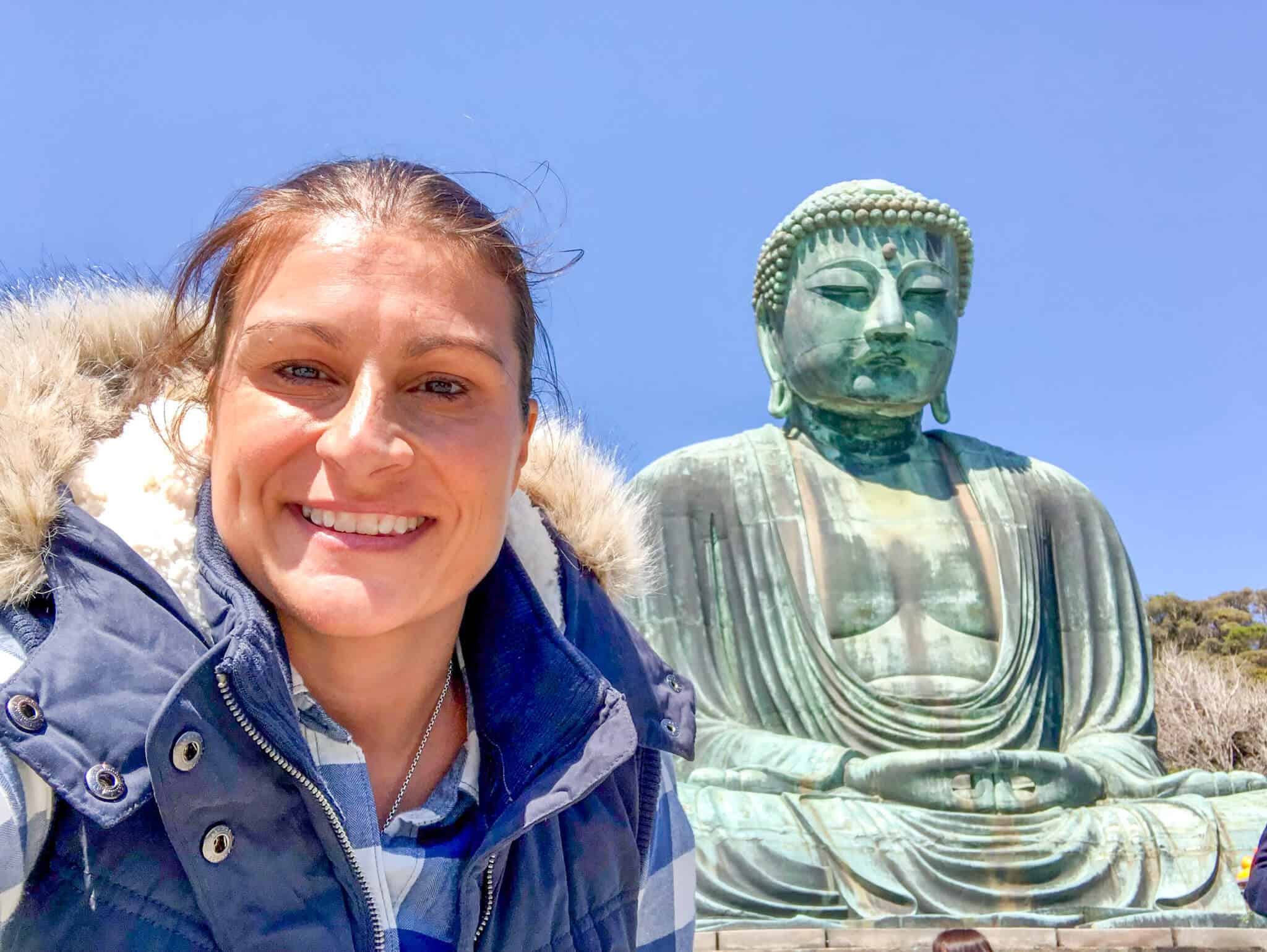
Tipping in Japan
In Japan, tipping is not a common practice and can be considered rude or inappropriate in certain situations. Generally, excellent service is expected and included in the price of goods or services. Japanese hospitality is deeply rooted in the culture, and the service is already high quality. Attempting to tip may cause confusion or embarrassment for the recipient. However, if you want to show appreciation for exceptional service, a polite thank you, or a compliment to the staff is more than enough.
Currency in Japan
The Japanese Yen (¥) is the official currency in Japan. While credit cards are accepted in many places, having cash on hand is wise, especially when visiting smaller shops, street vendors or participating in cultural experiences. Remember to check the current exchange rates before your trip, and consider using a currency exchange service for the best rates.
Additionally, notify your bank or credit card provider about travel plans to avoid transaction issues in Japan. With the correct currency prepared, you’ll be ready to enjoy your visit to this enchanting city.
How to get to Kamakura
The best way to get to Kamakura from Singapore would be to take a flight to Tokyo Narita Airport. From there, travellers can take a direct train to Kamakura, which is approximately a two-hour journey. The train ride offers scenic countryside views and provides a comfortable and efficient mode of transportation.
Private transfer from Haneda is easy to book by clicking here all you need to worry about once leaving the airport, is finding the sign with your name on it.
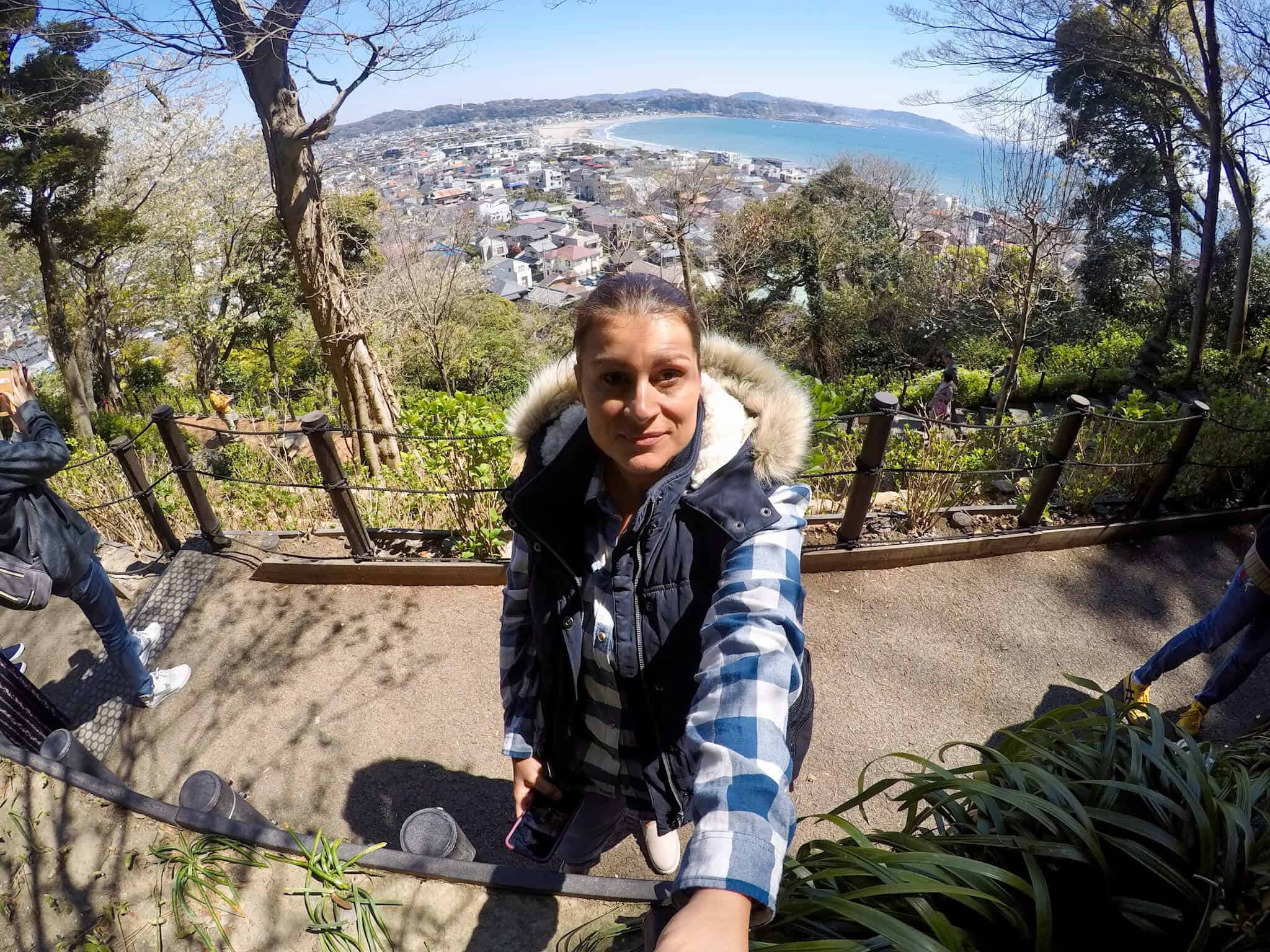
5 Hidden Gems of Kamakura
Zeniarai Benzaiten Shrine (also known as Zeniaria Benten Shrine)
Situated near Sasuke Inari Shrine is another interesting Shinto shrine, this time dedicated to the deity Benten. Accessed via a tunnel cut directly into a cliff face, this 12th-century shrine feels like a hidden oasis. Here, you’ll find a scattering of smaller shrines, including an Inari shrine on an island in a pond. But the main event at Zeniarai Benzaiten Shrine is the cave where worshippers wash their money. Tradition states that the spring, known as Zeniarai-mizu (literally “money-washing water”), multiplies any money washed in its waters. Make sure to bring some cash with you to see if you can double your fortunes. That said some people have been spotted here washing their credit cards.
Tsurugaoka Hachimangu
Tsurugaoka Hachimangu is the main Shinto shrine of Kamakura but is still overlooked by many visitors who make a beeline for the Great Buddha. Set on a hill with views out over a main street, the shrine is dedicated to Hachiman, the god of victory. You can approach the shrine through giant torii gates that line the main road below. Originally built in 1063, the shrine features a handful of interesting traditional buildings, but the star of the show is the 1,000-year-old ginkgo tree that is situated near the staircase to the main shrine. Unfortunately, it was uprooted and damaged in 2010, but it has continued to grow anew. If you’re in town at the right time of year, you can catch some traditional horseback archery taking place at the shrine!
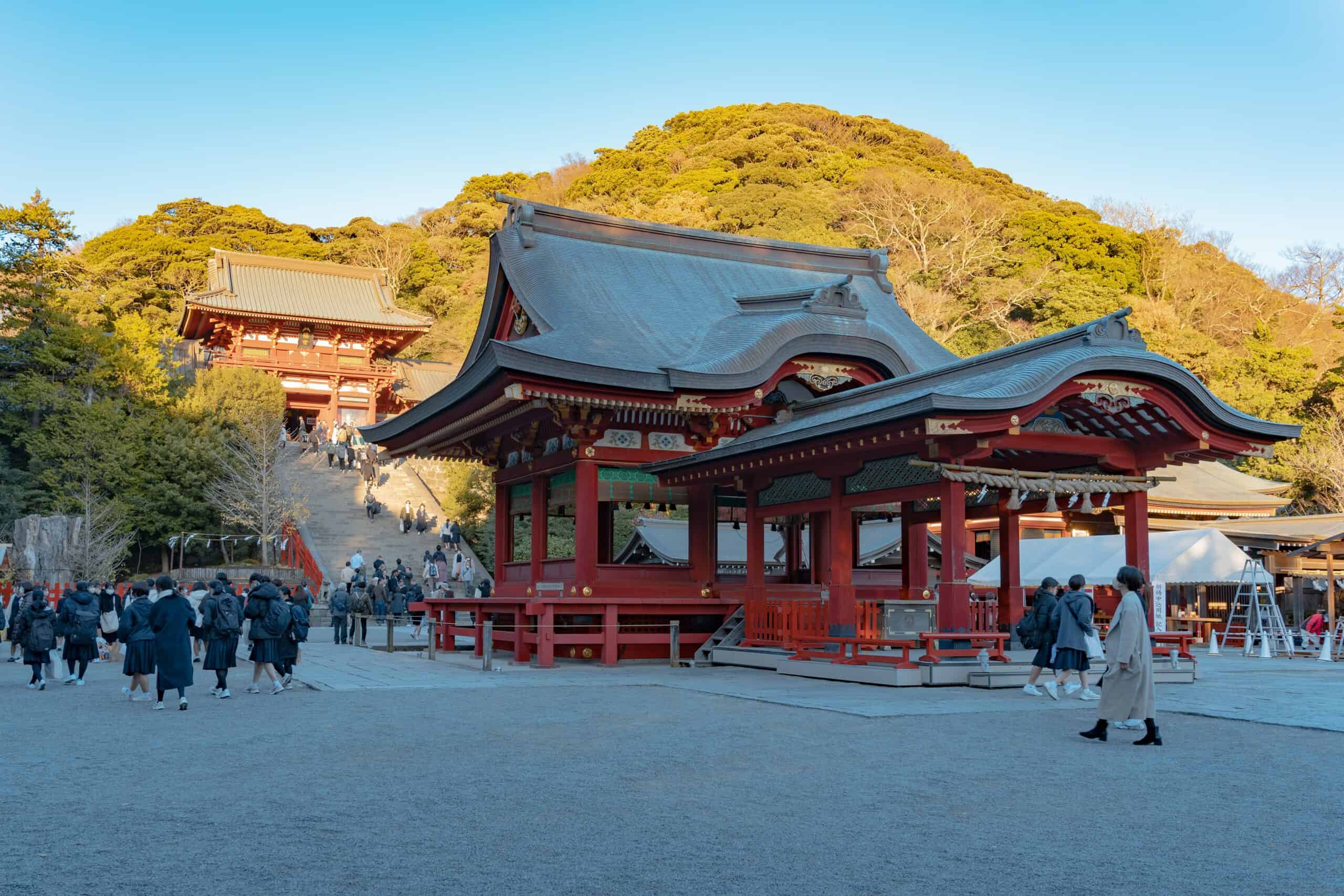
Sasuke Inari Shrine
The 12th-century Sasuke Inari Shrine is said to have been built by Minamoto no Yoritomo, the first shogun of the Kamakura Period. According to legend, he was visited in a dream by an elderly man who lived in the nearby Hidden Village (allegedly home to the precursors of Japan’s ninjas). The man advised him when to attack his opponents. On succeeding and becoming shogun, Yoritomo built this shrine dedicated to the god Inari as thanks. Much like the Fushimi Inari Shrine in Kyoto, this Inari shrine also features dozens of red torii gates stretching from the entrance to the main shrine. The path is also dotted with bright red flags and statues of white foxes – the messengers of Inari. It’s an enchanting place to visit. You can also see the location of the alleged Hidden Village in the valley below the shrine.
Komachi Street
Right next door to Kamakura Station, Komachi-dori (dori means “street” in English) is a thriving commercial thoroughfare that features everything a visitor could want: snacks, boutiques, and clothing stores. Take time out of your temple browsing to discover this classically Japanese shopping street. There are plenty of hidden gems to be found along the way — especially if you take a right or left off the main street and stroll along one of the narrow side roads. Either way, Komachi Street is filled with plenty of places for you to pick up interesting souvenirs, stop off for a bite to eat at a traditional cafe or soak up the lively atmosphere.
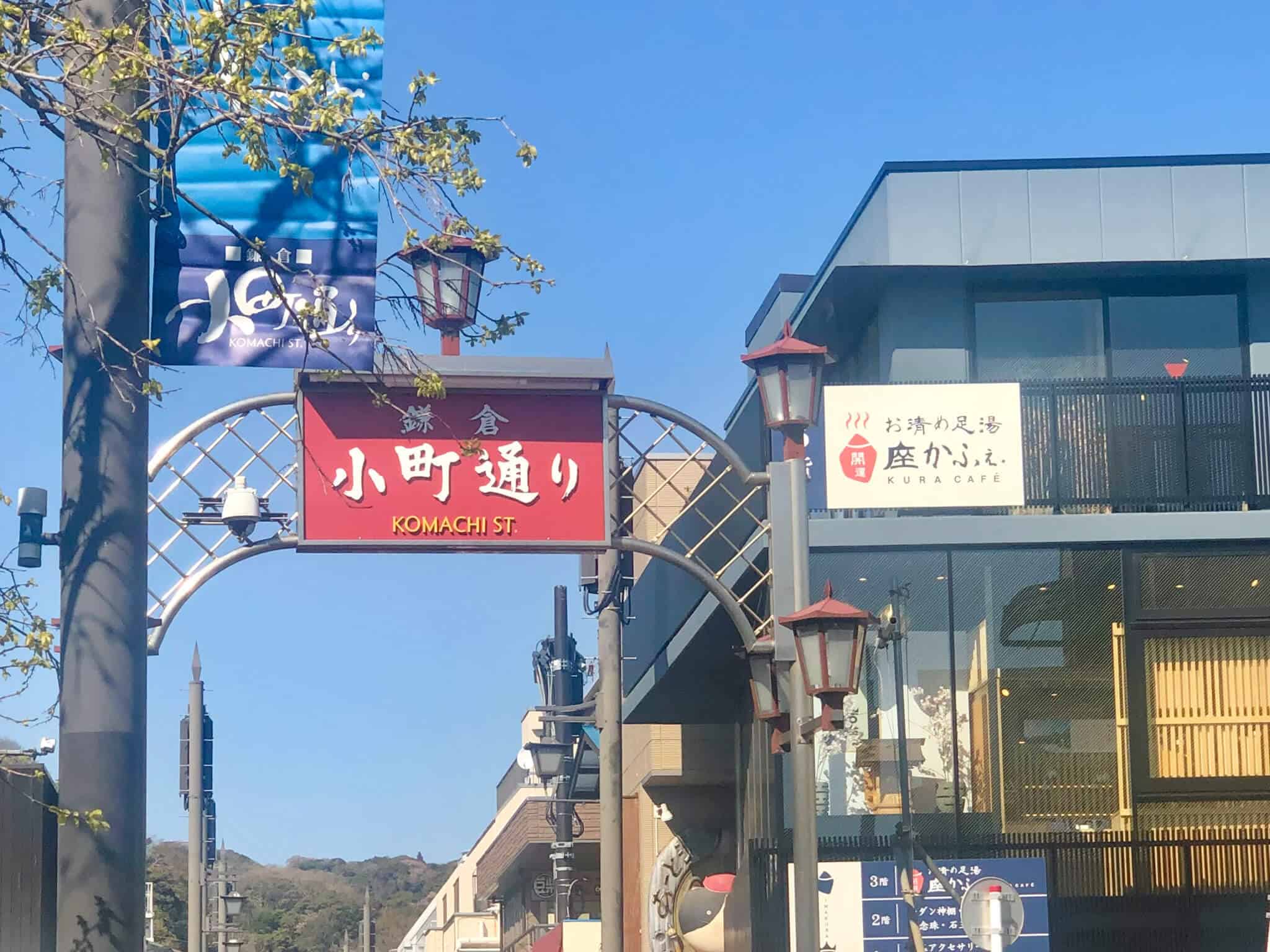
Enoshima
Often overlooked by visitors on a day trip from Tokyo, Enoshima lies to the west of Kamakura’s main beach, Shichirigahama. One of the most fun things about getting to this island is riding the cute tram, the Enoden, from Kamakura station. It runs on a narrow track between houses and across canals, allowing you to glimpse everyday life as it chugs along. Enoshima, a small island just offshore, is an interesting place to explore. If you’re lucky, you may get an incredible view of Mount Fuji looming in the distance to the west. Visiting Enoshima means exploring its winding pathways, discovering several shrines and temples, and clambering up and down staircases for sea views. And if you’re feeling hungry, don’t worry — there’s a good handful of eateries set on the island, some more traditional and others serving up classics like pizza on a backdrop of ocean vistas.
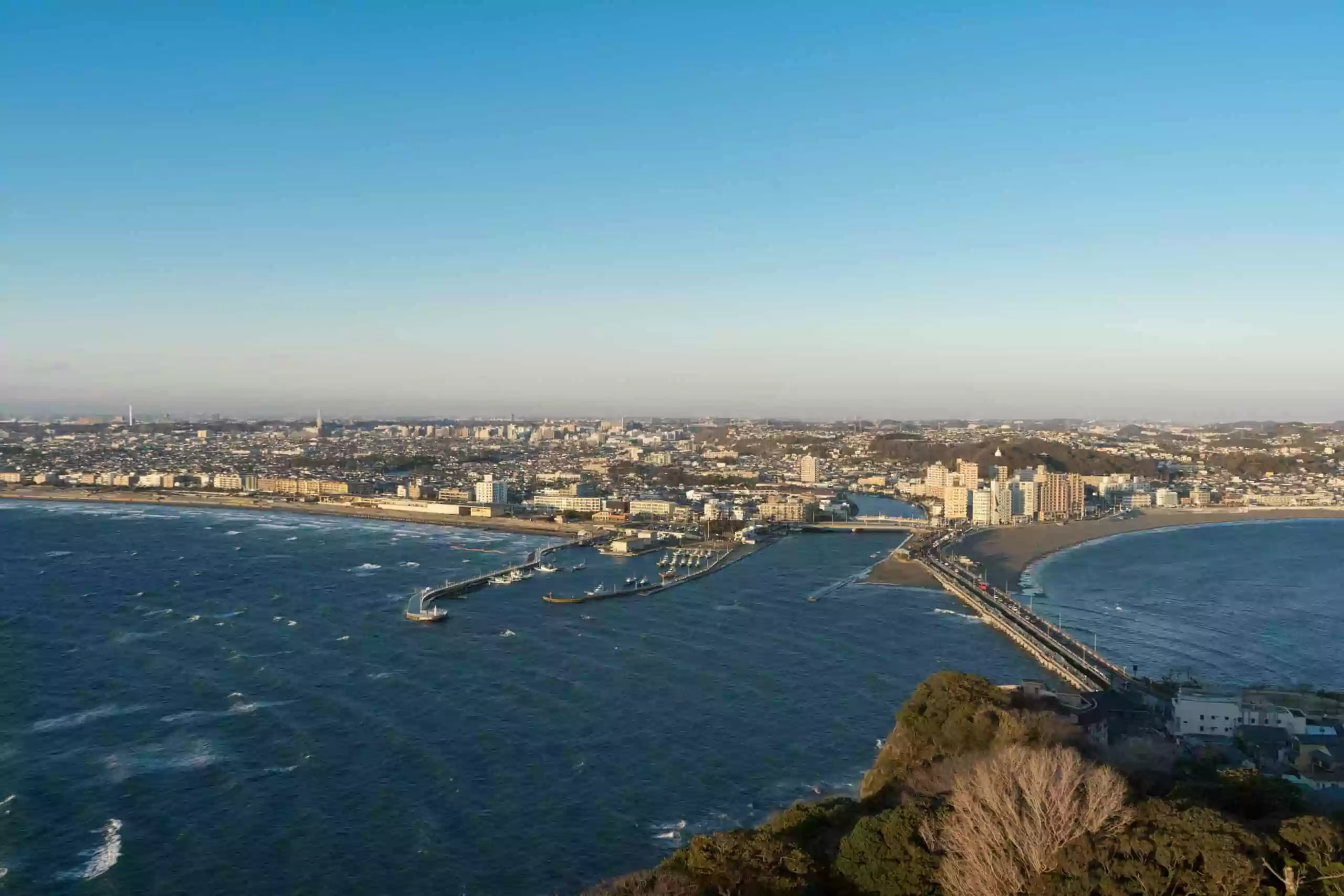
Tour Recommendations
Kamakura day trip from Tokyo – If you only have one day to explore, why not hop onto a tour from Tokyo and allow the tour guide do all the hard work, by taking you to the top places Kamakura has to offer for first time visitors?
Kamakura private walking tour – If you are anything like me and love knowing about the history of the area, then hop onto a walking tour and enjoy hearing from one of the areas knowledgeable guides?
Kimono Rental – If you want the perfect photos in the perfect location in the area, why not be creative, dress in a traditional Kimono and allow a professional photographer to take the photos that you will keep for a lifestime?
Hotel Recommendation for Kamakura
Yuigahama 千世
Yuigahama 千世 is located in Kamakura,close to both Yuigahama Beach and Zaimokuza Beach. This beachfront accomodation has amazing views and is perfect for a family or group of friends as it has 2 bedrooms, a kitchen, washing machine facilities and a parking space. This is the perfect little getaway accomodation is close to all the major tourist attractions.
B&B Kamakura
Close to both Zaimokuza Beach and Yuigahama Beach, B&B Kamakura iis an air-conditioned B&B that offers shared bathroom in every unit, and toiletries. There is also a beautiful garden to enjoy and a shared lounge to relax in. This accomodation is close to all the major tourist attractions.
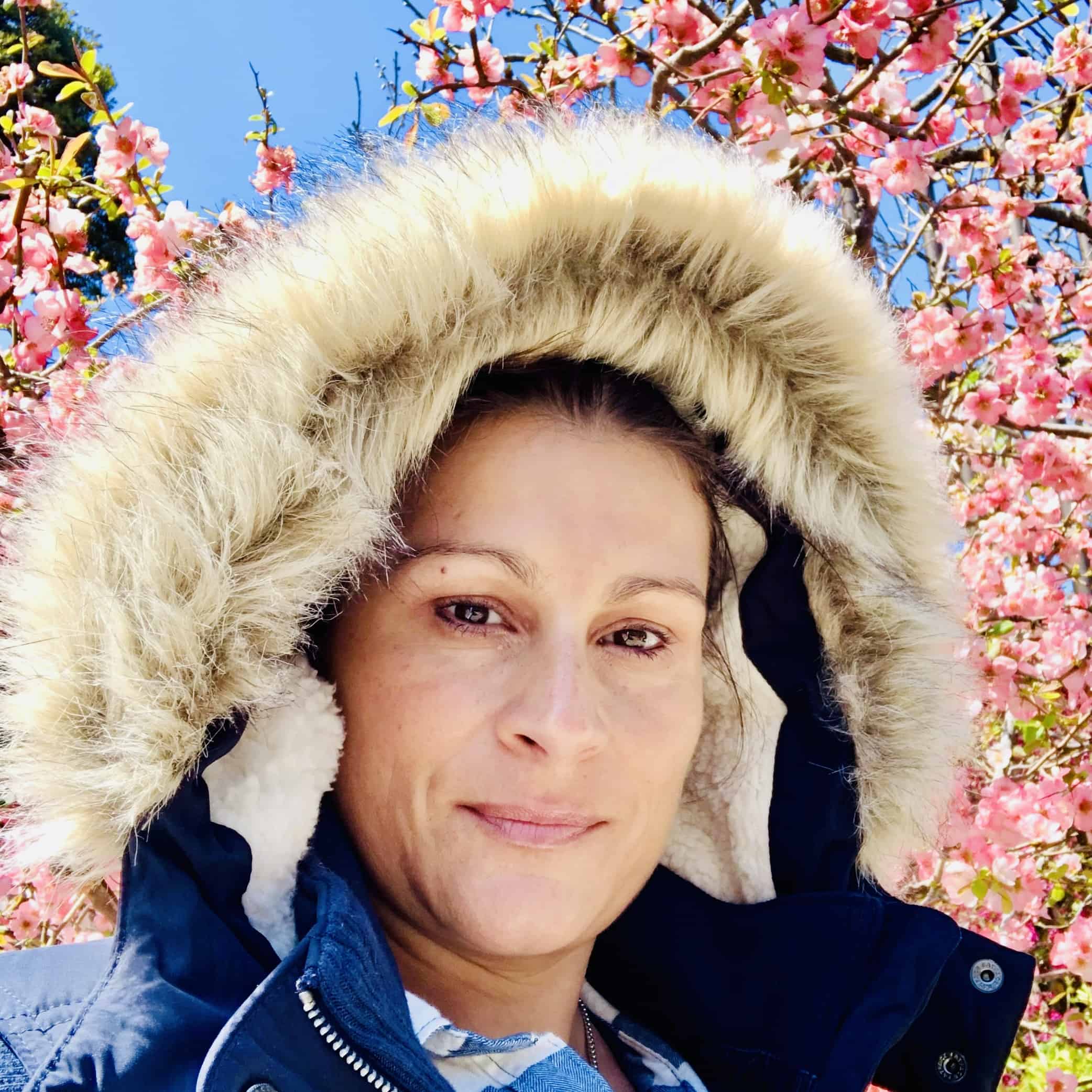
Thanks for taking the time to read this article. I hope this post has given you the information you need. If you have any recommendations, tips or advice, I would love for you to share them in the comment section below!
This post may contain affiliate links, meaning we may receive a commission at no extra cost if you purchase through a link. Please see our full disclosure for further information.
Check out my Instagram page or join the Truly Expat Facebook group.
Pin it for later.
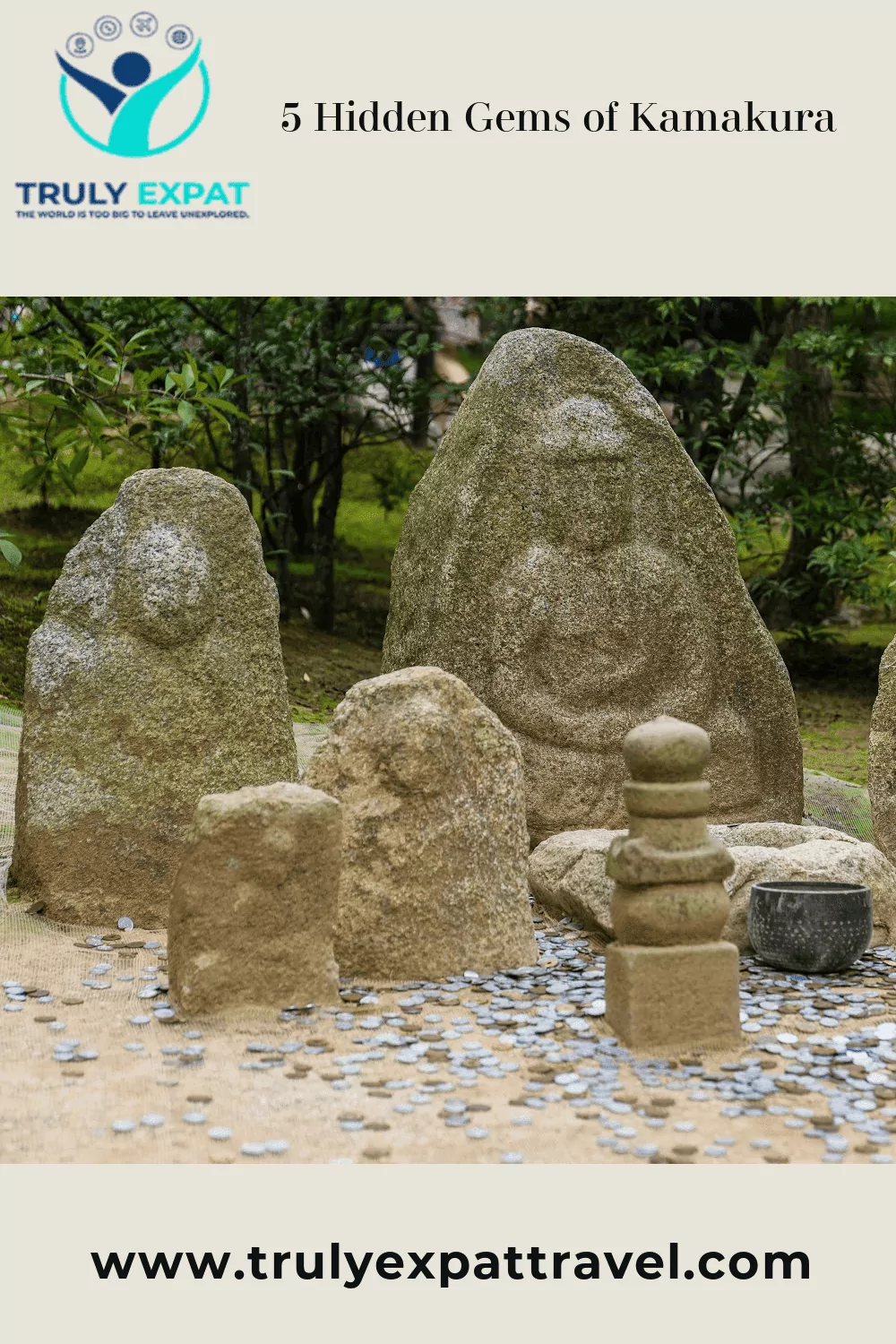
Would you like more information about Japan?
Discovering Tokyo: 5 Must-Do Activities for First-Time Visitors in 2024

